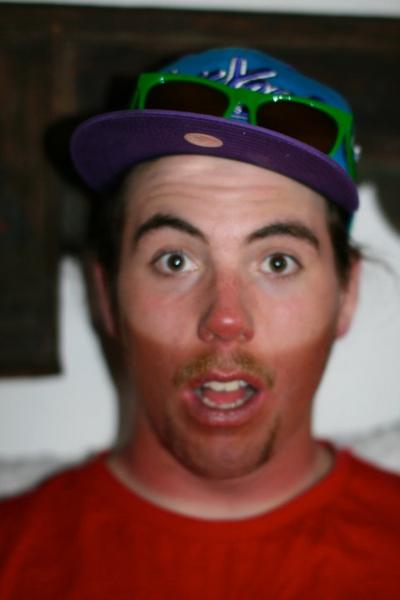Think about highly edged skis that aren't being used on completely hardened, even surfaced snow. Most stick figure diagrams will show the force onto the snow (and the reaction force back up) as being through the bases, but this is an oversimplification. The force normal to the snow surface is exactly the same as it would be if the ski weren't edged at all, and it's applied to the tiny area of edge and sidewall.
The second case is that of a ski sinking in powder especially during turns. It is not as dramatic as the first case because the total force is distributed over a greater area.
All of these become even worse in high friction snow, such as fresh snow below - 10F (think northern tier or Eastern Canada) or such as man-made snow fresh out of the guns that hasn't been allowed to sit for 24 hrs+ (Think southern resorts trying to make snow over a short snowmaking interval, especially early season).
There are a few products on the market already (Holmenkol sidewall juice frex) but I am of the more is better mindset.
If I'm not mistaken most of those ski's have a Cap-Construction.Not sure about the Voile - pretty much all the others (G3, Madshus, Asnes, Fischer, Rossi, Altai) are not.
Also, you can still use Holmenkol sidewall juice flex on a Phantom treated ski if you're not sold on Phantom working well on the sidewalls of your sidewall constructed skis.

